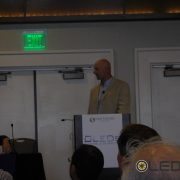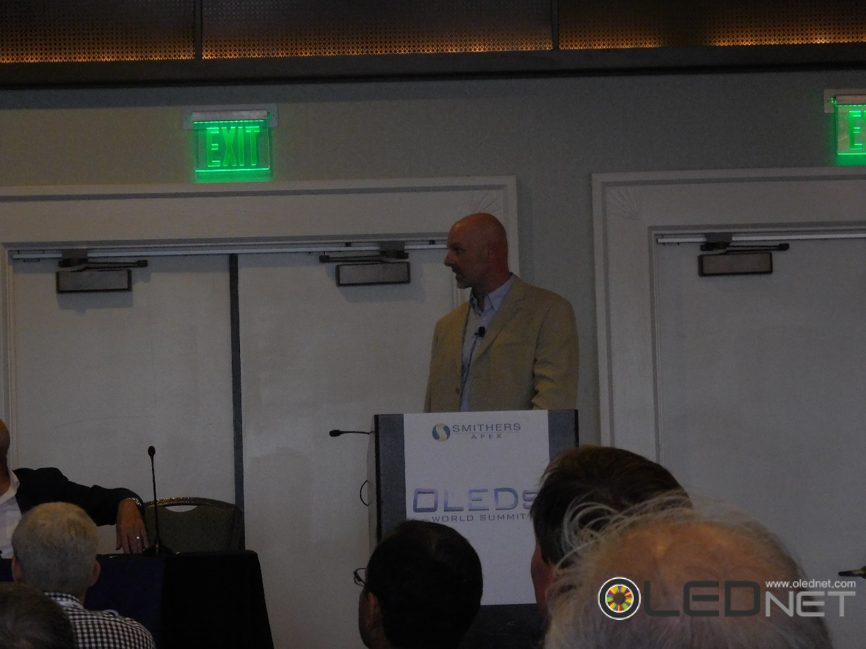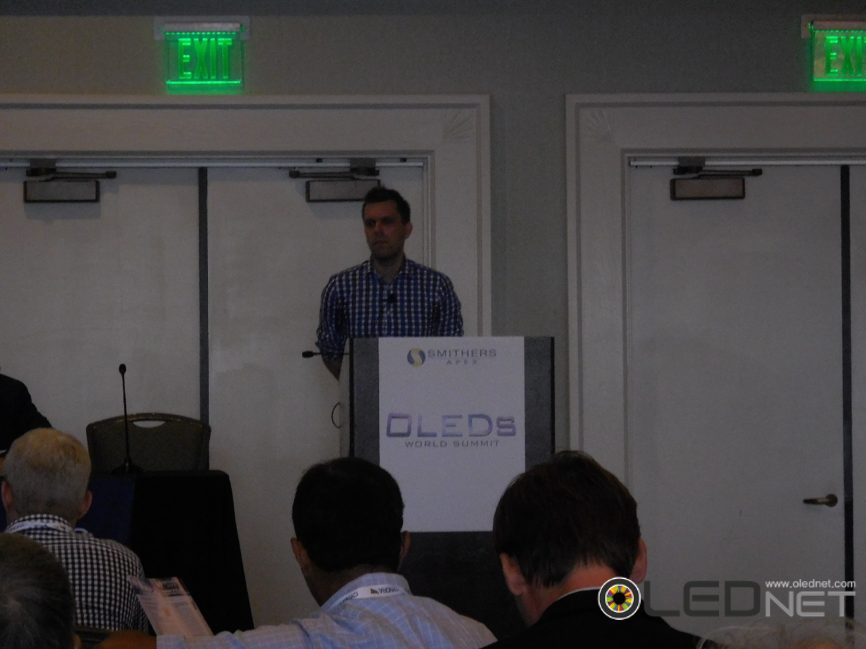LG전자, ‘올레드 풀비전’으로 더 크고 선명하게 본다

<출처 : LG전자>
LG전자가 하반기 전략 프리미엄 스마트폰에 OLED를 탑재한다.
LG전자는 18:9 화면비의 올레드 디스플레이를 제품 전면부에 꽉 채운 ‘올레드 풀비전(OLED FullVision)’을 하반기 전략 프리미엄 스마트폰에 적용한다. 디스플레이 크기는 전작인 LG V20의 5.7인치 보다 더 커진 6인치 대화면이지만 베젤을 줄여 제품의 크기는 오히려 작아진다.
LG전자는 “세계 최고 프리미엄 TV로 인정받은 LG 올레드 TV에서 쌓아온 디스플레이 기술을 바탕으로 스마트폰에서도 차원이 다른 시각적 경험을 제공할 계획이다”며, “수년간 축적해 온 올레드 기술로 차기 전략 프리미엄 스마트폰의 차별화된 고품격 디자인을 완성했다”고 밝혔다.
LG 전자의 하반기 전략 프리미엄 스마트폰에는 하단부의 회로와 절연막들을 패널 뒤편으로 휘어넘긴 ‘베젤 벤딩(Bezel Bending)’ 기술을 적용되어, 하단 베젤을 전작인 V20대비 약 50%까지 줄였다. 또한, 디스플레이 겉면의 강화유리는 디자인의 일체감을 강조하기 위해 상하좌우 가장자리를 곡면으로 처리하고 후면으로 이어지도록 하였다.
올레드 풀비전은 QHD+(1,440X2,880) 해상도를 가지며 최적화된 화질 알고리즘을 적용해 사진과 인터넷 컬러 규격인 sRGB 기준 148%, 디지털 시네마 컬러 규격인 DCI-P3 기준 109% 등 색재현율을 갖췄다.
LG전자는 올레드 풀비전에 대해 명암비가 뛰어나 깊고 생생한 화면을 구현함과 동시에 빠른 응답속도로 인해 움직임이 많은 동영상이나 화면 전환이 빠른 게임을 할 때 잔상 없이 박진감 넘치는 화면을 제공할 것이라 설명했다.
LG전자는 “사용자들이 항상 지니고 다니는 스마트폰의 특성을 고려해 디스플레이의 내구성도 한 단계 높였다”고 언급했다.
LG전자는 “올레드 풀비전은 플라스틱 기판 위에 화소를 배치한 P-올레드(P-OLED)를 기반으로 하기 때문에 유리 기판 디스플레이 대비 충격에 강하다.”며, “전면 디스플레이 위에 코닝 社(Corning®)의 최신 강화유리 ‘고릴라 글라스 5(Gorilla® Glass 5)’를 장착했고, 유리가 깨졌을 때 유리가루가 흩어지는 것을 막아주는 비산 방지(Shatter-resistant) 기술도 적용됐다”고 덧붙였다.
이 외에도 LG전자는 “내구성 강화를 위해 하드웨어 및 소프트웨어 기술을 적용했다”고 말했다. 또한, “화소에 공기가 닿지 않게 보호막을 덧씌워 산화를 최소화한 봉지 기술(Encapsulation, 封止 技術), 주변보다 유독 많이 사용한 화소를 찾아내 전력 소모량을 줄여주는 화소 스캐닝 프로그램 등 축적된 LG의 올레드 기술을 탑재해 디스플레이에서 나타날 수 있는 번인(Burn-In) 현상을 최소화했다”고 설명했다.
LG전자 MC사업본부장 조준호 사장은 “LG 올레드 TV에서 검증된 세계 최고의 디스플레이 기술을 총 집약해 스마트폰의 품격 높은 디자인과 차원이 다른 화질을 제공할 것”이라고 강조했다.




